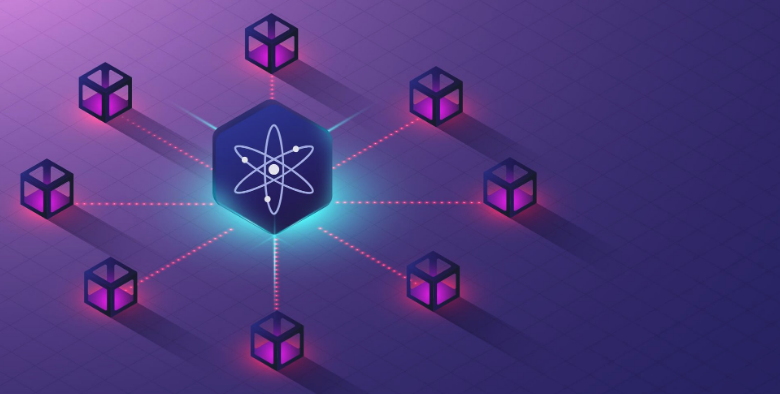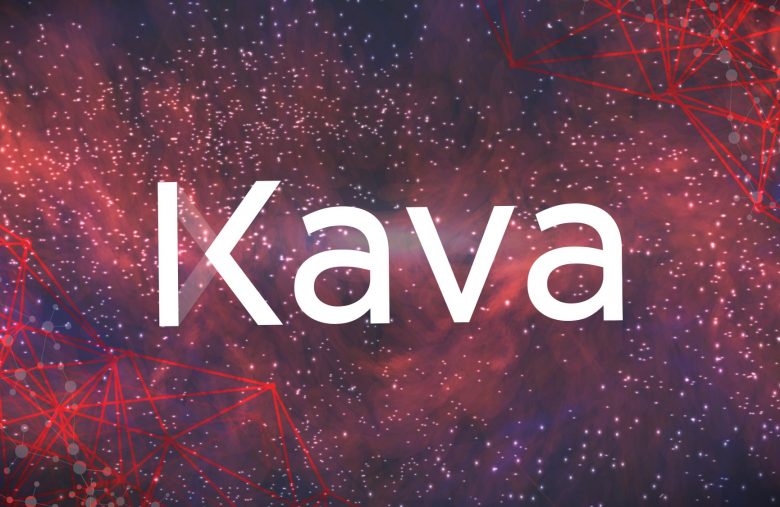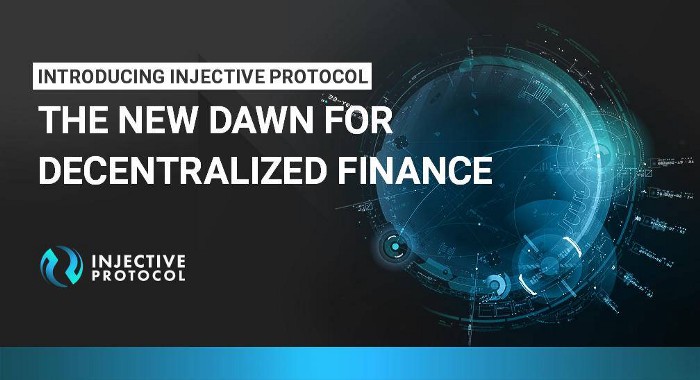The Cosmos Blockchain ecosystem

In the What is Cosmos blockchain previous article, we saw that Cosmos blockchain aims to become the «Internet of Blockchains» where any blockchain is able to communicate, share data, and transact with any other. We can resume Cosmos as: Many chins, One Ecosystem.
Since Cosmos’ launch in 2019, many successful projects and blockchains have been built on top of the Cosmos Network.
Let’s dive into the 3 most popular protocols that have emerged through the Cosmos blockchain ecosystem.
Kava (KAVA)

Kava is the very first DeFi platform to have been built on the Cosmos Ecosystem. It’s a software protocol that uses multiple cryptocurrencies to allow its users to borrow and lend assets without the need for a traditional financial intermediary.
In this way, Kava is considered one of a number of emerging decentralized finance (DeFi) projects. However, whereas most DeFi projects run on Ethereum, Kava is instead built on Cosmos, a design decision its team argues adds additional functionality.
Users of its platform lock cryptocurrencies into smart contracts on Cosmos so that they can borrow loans denominated in USDX (a stablecoin), a cryptocurrency pegged to the value of the U.S. dollar.
Kava leverages a feature in Cosmos called zones which allows Kava to be the first cross-chain Defi platform allowing interoperable borrowing and lending, stablecoin loans, and other financial services for a range of cryptocurrencies. Which means the project to broaden the number of crypto assets borrowers can use to include XRP, BNB, ETH or BTC, among others.
By collateralizing cryptocurrencies to mint USDX, users receive weekly rewards in the form of KAVA, Kava’s cryptocurrency.
Additionally, Kava protocol is open-source, allowing developers to use the infrastructure within their projects.
The Kava protocol also allows developers to seamlessly create and deploy decentralized financial applications within minutes, using its cross-chain framework and infrastructures.
Kava Labs released Harvest.io in October 2020, the world’s first cross-chain money market.
Injective Protocol (INJ)

This project is all about trading and it has been a top performer of 2020. Let’s be honest, I love Injective protocol.
Injective Protocol is a universal DeFi protocol for cross-chain derivatives trading across a variety of financial products such as perpetual swaps, futures, and spot trading.
Not only that, but users will also be able to create their own derivatives market and trading pairs on the injective protocol.
Injective Protocol was built on Cosmos, with interoperable features of inter-blockchain communication, and a token bridge between Cosmos and Ethereum. For the first time ever, users can trade on an ultimately decentralized exchange, and trade with both Ethereum and Cosmos tokens. This is a big step forward toward a truly interoperable, decentralized web.
Injective aims to build a network that is trustless, censorship-resistant, publicly verifiable, and front-running resistant.
Band Protocol (BAND)

Originally, Band Protocol launched in October 2019 on the Ethereum blockchain, but it moved to Cosmos and relaunched in June 2020 with additional features and a simplified structure.
BAND is a decentralized oracle used by blockchain smart contracts to access off-chain data.
Why do blockchain-based applications need oracle? Blockchains cannot access trusted real-world information available outside their networks. Band Protocol enhances smart contract functionalities by granting them access to reliable data without sacrificing the security and reliability guarantees inherent to blockchain technology.
The protocol enables Dapps and smart contracts on the blockchain to be utilized in the real world with real data, by building the decentralized bridge between smart contracts and the traditional web.
This enables smart contracts to automatically settle when their conditions are met.
So now that you know what an oracle is and what it is used for, Band Protocol is a cross-chain data oracle platform that ensures interoperability between smart contracts and the real-world. It provides decentralized applications with secure and reliable access to trusted data and services over the traditional Web 2.0

Since it’s cross-chain, Band oracle is designed to be compatible with most smart contract and blockchain development frameworks. It does the heavy lifting jobs of pulling data from external sources, aggregating them, and packaging them into the format that’s easy to use and verified efficiently across multiple blockchains like Polkadot, Cosmos or Ethereum.
Here we go. These are the 3 most popular protocols on the Cosmos ecosystem.
More interesting projects have been built on top of Cosmos such as:
- Akash Network – a decentralized cloud computing marketplace
- The Binance smart chain – the Binance DEX (decentralized exchange)
- Althea – an internet decentralized system that lets routers pay each other for bandwith.
Find more projects built on top of Cosmos here.
As always feel free to leave a comment down below for any question you have about this article and I’ll be answering! Remember, we are all here to learn and there are no stupid questions 🙂
Thank you !



